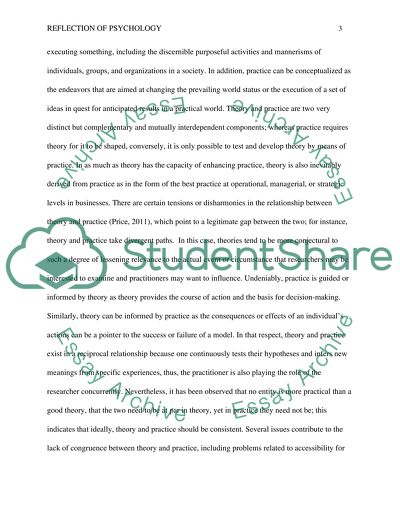Cite this document
(“Theory and association with the analysis of the correlation between Essay”, n.d.)
Theory and association with the analysis of the correlation between Essay. Retrieved from https://studentshare.org/psychology/1483165-theory-and-association-with-the-analysis-of-the
Theory and association with the analysis of the correlation between Essay. Retrieved from https://studentshare.org/psychology/1483165-theory-and-association-with-the-analysis-of-the
(Theory and Association With the Analysis of the Correlation Between Essay)
Theory and Association With the Analysis of the Correlation Between Essay. https://studentshare.org/psychology/1483165-theory-and-association-with-the-analysis-of-the.
Theory and Association With the Analysis of the Correlation Between Essay. https://studentshare.org/psychology/1483165-theory-and-association-with-the-analysis-of-the.
“Theory and Association With the Analysis of the Correlation Between Essay”, n.d. https://studentshare.org/psychology/1483165-theory-and-association-with-the-analysis-of-the.


